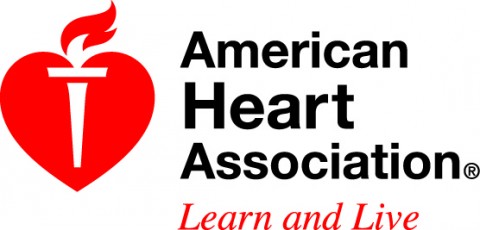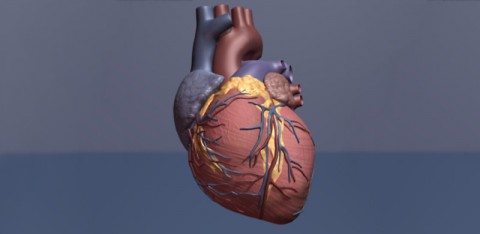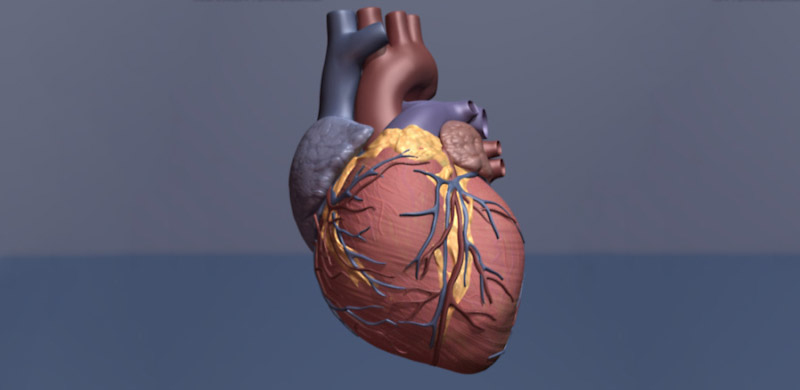Senate Labor HHS Bill Funding Does Not Measure Up to Disease
 Washington, D.C. – The American Heart Association said today that the Senate FY 2017 funding bill for Labor, HHS and Education is a win for the National Institutes of Health’s (NIH), but unfortunately, does not make heart disease research a priority. The bill includes a welcome six percent bump to the NIH budget: $2 billion over current funding.
Washington, D.C. – The American Heart Association said today that the Senate FY 2017 funding bill for Labor, HHS and Education is a win for the National Institutes of Health’s (NIH), but unfortunately, does not make heart disease research a priority. The bill includes a welcome six percent bump to the NIH budget: $2 billion over current funding.
However, the National Heart, Lung, and Blood Institute (NHLBI) received just a 4.1 percent increase. The National Institute of Neurological Disorders and Stroke was boosted by 6.3 percent – the amount the association requested – and an additional $100 million was invested in the BRAIN Initiative.

He added, “We also encourage Congress to include mandatory funding for NIH in the Senate Innovation Bill to provide steady and predictable funding growth over the next several years.”
Unlike the NIH, the Centers for Disease Control and Prevention (CDC) did not fare well in the bill, with a proposed appropriation of $118 million less than the current funding level. Specifically, the CDC’s Heart Disease and Stroke Prevention Program was cut by $30 million – from $160 million to $130 million. In addition, other CDC heart and stroke programs were flat funded, including: WISEWOMAN ($21 million), Million Hearts ($4 million) and tobacco prevention and control ($210 million).
Additionally, the Student Support and Academic Enrichment block grant that funds physical education in schools, among other activities, was significantly underfunded at $300 million. This is far less than the $1.65 billion authorization level included in the bipartisan Every Student Succeeds Act passed last year.
“On top of the disproportionately low NIH funding for heart disease research, the CDC Heart Disease and Stroke program’s funding was slashed. This comes at a time when cardiovascular disease places the highest burden on our nation’s health and economy – and the harsh reality is that this problem will only get worse. Nearly 44 percent of the U.S. adult population is projected to have some form of CVD by 2030, which will lead to more than $1 trillion in total healthcare costs. We simply cannot afford to continue down this path if we are to reduce the health and economic toll CVD takes on our nation.”
The association urges Congress to provide further support for the NIH, the CDC and other valuable programs that help improve the heart health of every American.



